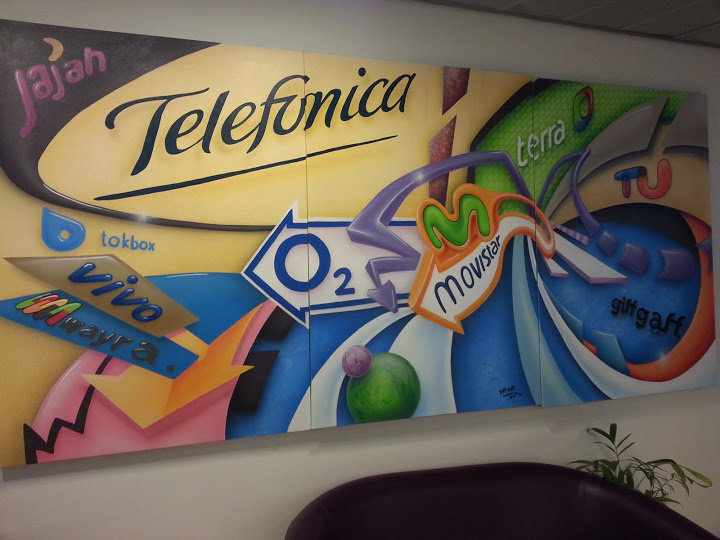 By Stephen Shurrock, Chief Commercial Officer, Telefónica Digital
By Stephen Shurrock, Chief Commercial Officer, Telefónica Digital
We all generate a wealth of information: from shopping transactions, payment data, ticket purchasing and mobile network data to name a few. For years, this type of data has been used responsibly to improve the world. For example, mobile network data has been used to give insight into traffic congestion on our roads, and retailers have been using loyalty scheme data to give them a better understanding of customer preferences, which helps them to stock the right product ranges.
But in recent years there has been a step change in the ability to detect, communicate, store, and analyse data. “Big data” – along with fast networks, cloud, and M2M – is now one of the fundamental building blocks of the digital economy. Approached in a smart and responsible way it has the potential to transform every part of business and society – providing economic growth and improving people’s lives.
Whether it’s holiday traffic forecasts that can warn you where crowds are likely to be before you set off, or councils saving money and energy by switching off street lights in places where they can see nobody visits at certain times of the night, or stores flexing their opening hours or staffing levels to reflect the time when their customers are most likely to visit.
Telefonica has a track record of managing large amounts of data – it is one of the core skills of our business. We use our network data to help us be as efficient as we can in placement of network masts and to improve the network performance for our customers. We use our data to improve our marketing, our customer propositions and to help us serve our customers better and more efficiently.
Telefonica Dynamic Insights
Telefonica Dynamic Insights will develop a range of products and services using different data sets, including machine to machine data, and anonymised and aggregated mobile network data, that enable companies and public sector organisations to be more effective, to make better informed decisions, and make people’s lives easier.
We are delighted to have signed a global strategic partnership with GfK, a global leader in market research, on product development. They bring a proven track record of providing research and analytics to a broad range of companies across a range of industry sectors.
Smart Steps can help retailers and local councils
The first product to be launched later this year is called Smart Steps. Smart Steps will use fully anonymised and aggregated mobile network data to measure and compare the number of people visiting an area at any time.
It is a ‘heat map’ or the digital equivalent of the people who stand in shop doorways and count the number of visitors entering the store on a clicker. The difference is Smart Steps also provides high level demographic information (age bands and gender) and is updated far more regularly.
The other big advantage Smart Steps brings is it can help retailers count and understand footfall outside their stores, in other parts of the town centre. Smart Steps can help retailers tailor product promotions in existing stores, and determine the best locations and formats for new stores.
And it is not just retailers who could benefit from the insights Smart Steps offers. Smart Steps could be a useful tool for local councils as they look to regenerate high streets. It will help them see how many more people visit the town centre if they introduce free car parking, late night shopping, or farmers markets.
Smart Steps is about counting crowds – not about individuals
It’s important to stress that customer privacy is something we have we always taken seriously and we have put it at the heart of the product design process for Smart Steps. An individual customer’s identity is removed. The remaining data is then aggregated with the information derived from other anonymised customers. Trends are then extrapolated from the combined data. It will never be possible to identify individual customers. To use an analogy it’s like an election: you can see how many votes candidates or parties receive, and what the ‘swing’ was from the last election, but you never find out who an individual votes for in the privacy of the ballot booth.
Visit the official Telefonica Dynamic Insights website here
Browse the official press release on the launch of Telefonica Dynamic Insights here









